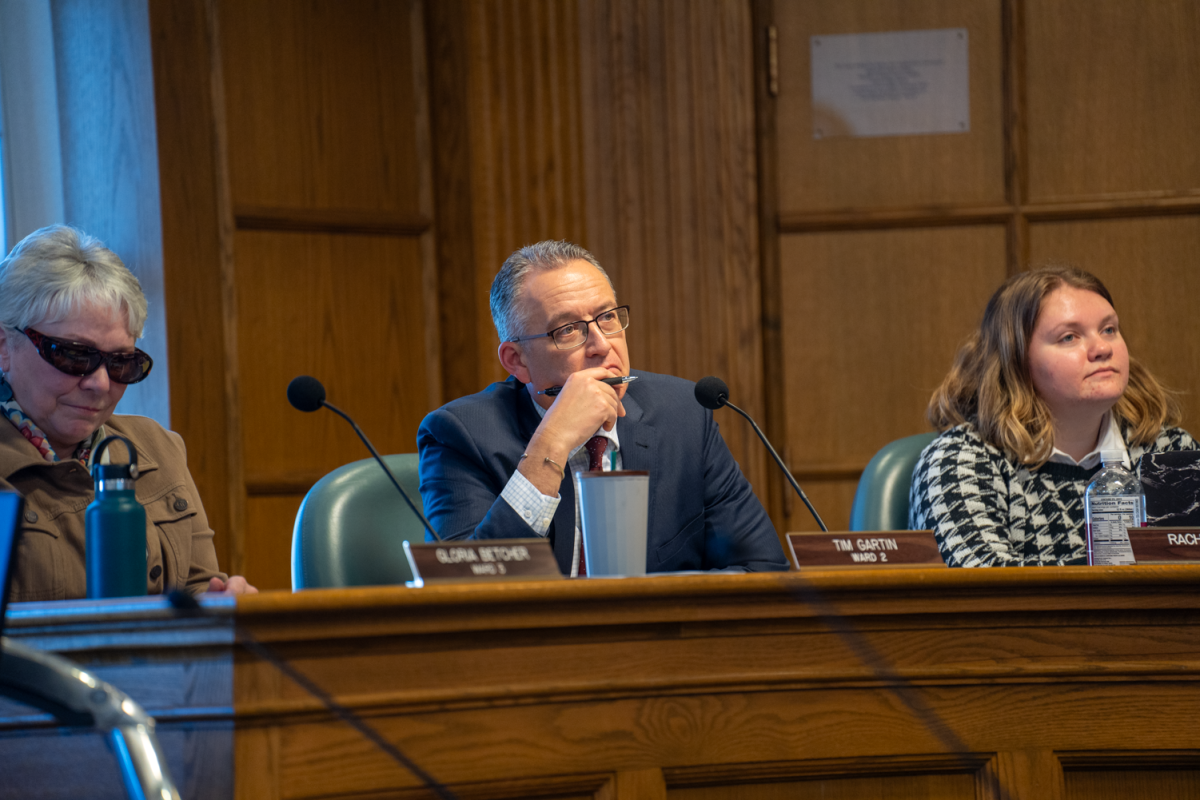The Resource Recovery Plant in Ames is accepting decaying pumpkins, gourds, corn and harvest vegetables through Thursday. Donations can be made at any time in drop-off bins on the north side of the plant, located at 410 E. 2nd St.
The Resource Recovery Plant has converted garbage from Story County into refuse-derived fuel (RDF) for the Ames Power Plant for over 40 years. In 2022, 14,160 pounds of pumpkins and gourds were processed into compost and kept out of the landfill.
Resource recovery superintendent Bill Schmitt said for the last four years, the plant has continued the pumpkin diversion program to make sure that compost material is reused. Schmitt said if these items do go to the landfill, they will decompose and create methane, one of the most potent greenhouse gasses.
Food waste and garbage with high moisture content create challenges for producing high-quality fuel, and old pumpkins and gourds can contaminate dry garbage. Schmitt said the Resource Recovery Plant also offers an organics diversion initiative called the Food Waste Diversion (FWD) program, where residents of Story County can bring organics in to be composted.
“Coffee grounds, banana peels, eggshells, expired food or moldy food, those leftovers that you brought home you’d shoved them back in the refrigerator and didn’t find them for three weeks, we collect all those and then we take those and get them composted,” Schmitt said. “So again, reducing the amount of methane that would be coming out of a landfill.”
The Resource Recovery Plant offers a FWD starter kit for $10, including a four-gallon bucket for compost and five compostable liners, although Schmitt said the plant encourages people to use containers they already have. Story County residents can add table scraps and compostable leftovers to the bucket and bring them to 410 E. 2nd St. to be composted.
“If you start collecting your food waste, you start seeing how much food waste you have,” said Susan Gwiasda, the public information officer for the city manager’s office. “It’s pretty eye opening. You can see the money that you might save by not producing as much food waste but also diverting it from the waste stream. There’s just a lot of positives that come from not throwing food in the trash.”














